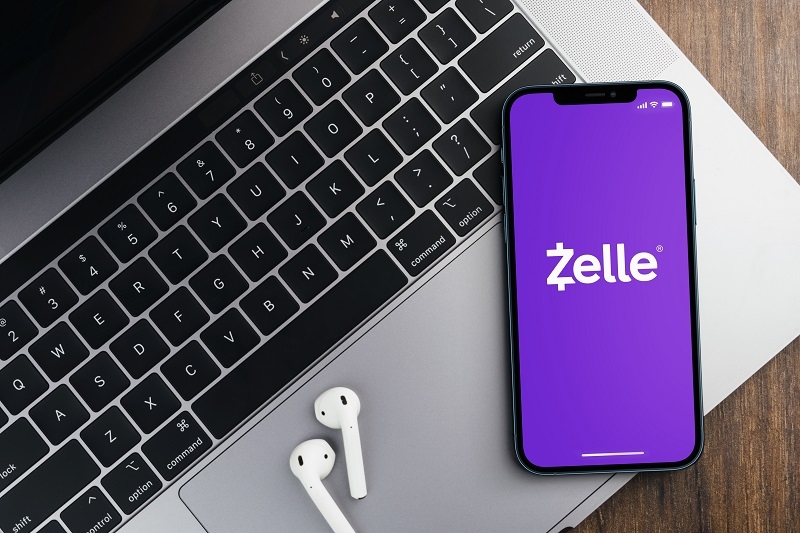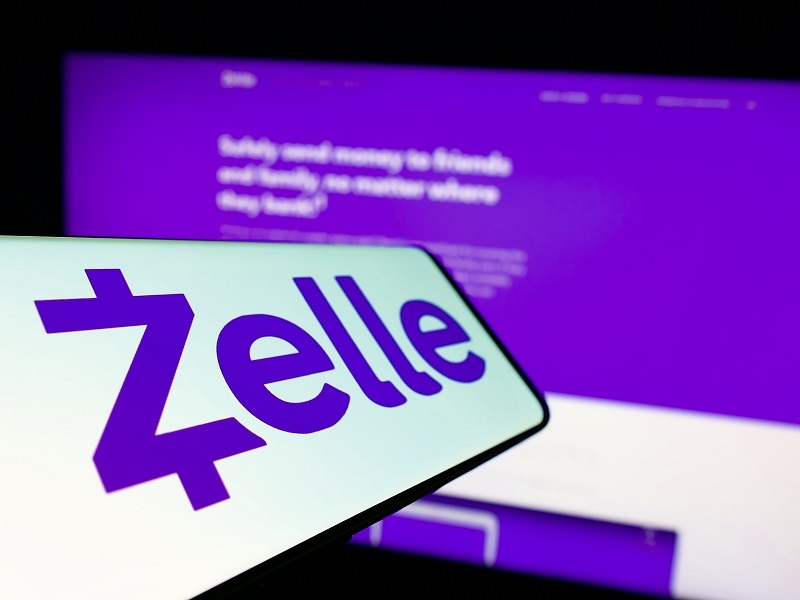
In this busy world, online banking is the way of life. Familiarity with operating a proper banking facility is required to pay rent, send money to friends, or even send money abroad. For individuals living in the U.S. and individuals familiar with the other banking systems, familiarity with how to set up Zelle transfers, operate NEFT in the USA, or even find an IMPS counterpart in the US can make money work a piece of cake.
This tutorial will take you through each of these services step by step. We'll also compare Zelle to Venmo and Cash App, so you'll understand which service might be best for you.
These payment systems are easier to understand with a quick overview of each system and where each one is typically used:
NEFT and IMPS are unique to India, but U.S. consumers who want quicker domestic transfers can use Zelle, Venmo, and Cash App as legitimate alternatives. These can be considered contemporary, American-style alternatives, particularly when considering an IMPS-like counterpart that U.S. users have.
Setting up Zelle is simple. You can use your bank app or download the Zelle app if your bank doesn't have the facility.
Most American banks have also incorporated Zelle into their mobile banking apps. They are the names of large banks such as Chase, Bank of America, Wells Fargo, PNC, and Capital One. If your bank is a Zelle partner, you won't require an additional app.
If your bank does not have Zelle, you can use the service by downloading the approved Zelle app. It is compatible with both iOS and Android.
When you install Zelle, you will be required to enter either your U.S. phone number or email. That is your payment ID.
You will then connect a U.S.-based checking account. This will be done by providing your online banking login information or confirming a small test deposit from Zelle.
When setup is completed, you can now send money with Zelle by choosing a recipient's phone number or email address and the amount, and you can confirm the transaction.
Zelle is built for speed. The majority of transactions happen in minutes, if sender and payee are both enrolled in Zelle.
If you are accustomed to Indian banking and want to know how to utilize NEFT in USA, it becomes somewhat tricky. NEFT is not a part of U.S. bank infrastructure, but you can transfer money to India via services that utilize NEFT on the destination side.
Choose a provider who supports international remittances to Indian bank accounts. Wise (formerly TransferWise), Remitly, Xoom (by PayPal), and Western Union are widely used ones. These providers work with Indian banks and use the NEFT option to finalize transactions in India.
The recipient's name, account number, IFSC code, and Indian bank and branch name are required to send money through NEFT from the United States.
Most services enable you to fund it with a U.S. bank account, debit card, or credit card. Select your desired mode of payment.
Certain services provide NEFT by default when transferring to Indian banks. It is appropriate for transactions that are not time-sensitive.
Once you have verified all the information, validate the transfer. The provider will then exchange dollars to rupees and trigger the NEFT transfer within India.
While direct access to NEFT may not be available through American banks, this process still makes it possible for residents of the United States to take advantage of NEFT's convenience.

If you’re wondering about the IMPS equivalent US residents can use, the answer lies in platforms like Zelle, Venmo, and Cash App.
IMPS provides real-time 24/7 India fund transfers. Zelle in the U.S. serves the same purpose for U.S. transfers. It transfers money between bank accounts almost instantly. Venmo and Cash App, not directly associated with banks, provide quick transfers, often in a matter of minutes.
While the organization is different, these apps do exactly the same as IMPS in that money can be transferred in real time with just an email address or phone number.
No technical skills are involved in installing Zelle. It's as simple as any mobile banking app. Either through your bank or through its own app, Zelle's installation is simple and quick.
That makes Zelle ideal for U.S. consumers who want to split bills, pay rent, or send a spontaneous gift.
Zelle is quick and free, but safety is your responsibility. Remember these safety tips:
Because Zelle transfers are instant and non-reversible, the prime is prudence. After you send money to a person, you can't reverse the transaction after they've enrolled.
The three apps—Zelle, Venmo, and Cash App—are widely used in the United States, but they serve different purposes. Here's an easy comparison to assist your choice.
If what you essentially need is to send money via Zelle for hassle-free transfers, Zelle is perfect. If you need social features or investment features, Venmo or Cash App is preferable.
From all three, it's always best to recall your main use case and the degree to which speed, flexibility, or additional features are important to you.
Learning how to initiate Zelle transfers provides you with a potent tool to handle money in the U.S. With a few finger swipes, you're able to send money securely and instantly to family, friends, or service providers.
Choosing between Zelle vs Venmo vs Cash App is all about what is most important to you—speed, socializing, or flexibility. Either way, setting up these tools is easier than ever. Contemporary banking is changing how we send money. Mastering these tools now prepares you for the cashless world of the future.
This content was created by AI